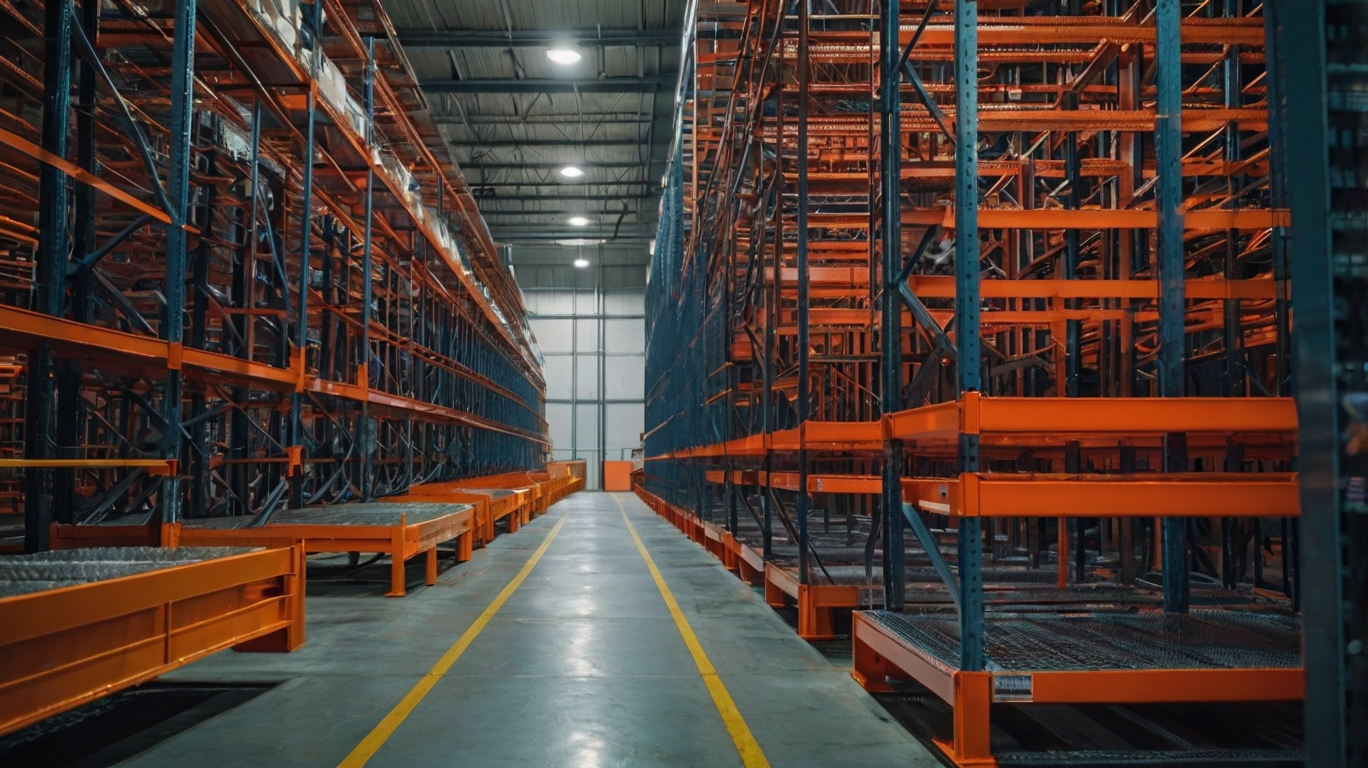In the fast-paced world of industrial operations, efficient storage solutions are critical. Heavy-duty industrial shelving provides the backbone for organizing and optimizing storage space, ensuring that businesses can operate smoothly and efficiently. This comprehensive guide will delve into the numerous benefits, types, and applications of heavy-duty industrial shelving, highlighting why it is an indispensable asset for any industrial setting.
Understanding Heavy Duty Industrial Shelving
What is Heavy Duty Industrial Shelving?
Heavy duty industrial shelving refers to robust, durable shelving systems designed to store and manage large volumes of heavy goods. These shelves are engineered to withstand substantial weight capacities, making them ideal for warehouses, manufacturing plants, and other industrial environments. Constructed from materials such as steel, these shelving units are built to last and handle the rigors of daily use.
Key Features and Benefits
- Durability and Strength: Heavy duty industrial shelves are made from high-quality materials like steel, providing exceptional strength and longevity. This ensures that the shelves can support heavy loads without bending or collapsing.
- Versatility: These shelving systems are highly adaptable and can be customized to fit various storage needs. They come in different sizes and configurations, allowing for tailored solutions to specific requirements.
- Maximized Storage Space: By utilizing vertical space, heavy duty shelving units significantly increase storage capacity. This is particularly beneficial in environments with limited floor space.
- Improved Organization: Proper shelving helps in systematic organization, making it easier to locate and access items quickly. This enhances productivity and reduces downtime.
- Safety: Sturdy shelving reduces the risk of accidents and injuries in the workplace by securely holding heavy items, preventing them from falling or causing obstructions.
Types of Heavy Duty Industrial Shelving
1. Boltless Shelving
Boltless shelving systems are known for their easy assembly, requiring no nuts or bolts. They are designed for quick installation and can be adjusted without specialized tools. These shelves are ideal for storing various items, including boxes, tools, and small machinery.
2. Pallet Racking
Pallet racking is one of the most common types of heavy-duty shelving. It is specifically designed for storing palletized goods. This type of shelving allows for easy access to goods using forklifts and other material handling equipment.
3. Cantilever Shelving
Cantilever shelving is perfect for storing long, bulky items such as pipes, lumber, and sheets of metal. It features arms that extend from a central column, providing unobstructed storage space.
4. Wire Shelving
Wire shelving units are constructed from metal wires and offer excellent ventilation and visibility. They are suitable for storing items that need to be kept dry and free from dust accumulation, such as electronic components and food products.
5. Mezzanine Shelving
Mezzanine shelving systems create additional levels of storage by utilizing vertical space. They are ideal for maximizing storage capacity in warehouses with high ceilings, effectively doubling or tripling the usable space.
Applications of Heavy Duty Industrial Shelving
Warehouse Storage
Warehouses benefit immensely from heavy duty industrial shelving, which allows for efficient storage of large quantities of goods. Pallet racking and mezzanine shelving are particularly useful in these settings.
Manufacturing Plants
In manufacturing plants, shelving systems are used to store raw materials, tools, and finished products. Cantilever and boltless shelving are popular choices due to their versatility and strength.
Retail and Commercial Use
Retail stores and commercial establishments use heavy duty shelving to organize inventory and display products. Wire shelving is often preferred in these environments for its aesthetic appeal and practicality.
Automotive Industry
The automotive industry relies on robust shelving systems to store heavy parts and equipment. Boltless and pallet racking systems provide the necessary support and organization for automotive components.
Cold Storage
Heavy duty shelving is also essential in cold storage facilities, where durable materials are needed to withstand low temperatures. Wire shelving is commonly used due to its resistance to rust and corrosion.
Factors to Consider When Choosing Heavy Duty Industrial Shelving
Load Capacity
It’s crucial to select shelving that can support the weight of the items you plan to store. Always consider the maximum load capacity and ensure it aligns with your storage needs.
Material
The material of the shelving should be durable and suitable for the environment in which it will be used. Steel is a popular choice for its strength and longevity.
Space Utilization
Evaluate the available space and choose a shelving system that maximizes storage efficiency. Mezzanine shelving is excellent for making use of vertical space in tall buildings.
Accessibility
Consider how often and how easily items need to be accessed. Pallet racking is ideal for frequently moved goods, while boltless shelving provides quick access for smaller items.
Customizability
Opt for pallet racking systems that can be customized and adjusted as your storage needs change. Boltless and wire shelving systems are particularly adaptable.
Installation and Maintenance Tips
Professional Installation
For optimal safety and functionality, it is recommended to have heavy duty shelving systems professionally installed. This ensures that the shelves are properly anchored and aligned.
Regular Inspections
Conduct regular inspections to check for any signs of wear or damage. This helps in maintaining the integrity of the shelving and preventing accidents.
Load Distribution
Ensure that the load is evenly distributed across the shelves to avoid overloading any single section. This prolongs the lifespan of the shelving and maintains safety.
Cleaning and Upkeep
Keep the shelves clean and free from dust and debris. Regular maintenance not only preserves the appearance of the shelving but also its structural integrity.
Conclusion
Heavy duty industrial shelving is a vital component in the efficient management of storage space in various industrial settings. With its unmatched strength, versatility, and organizational benefits, it is an investment that yields significant returns in productivity and safety. Whether you are outfitting a warehouse, a manufacturing plant, or a retail space, choosing the right shelving system can transform your operations.



